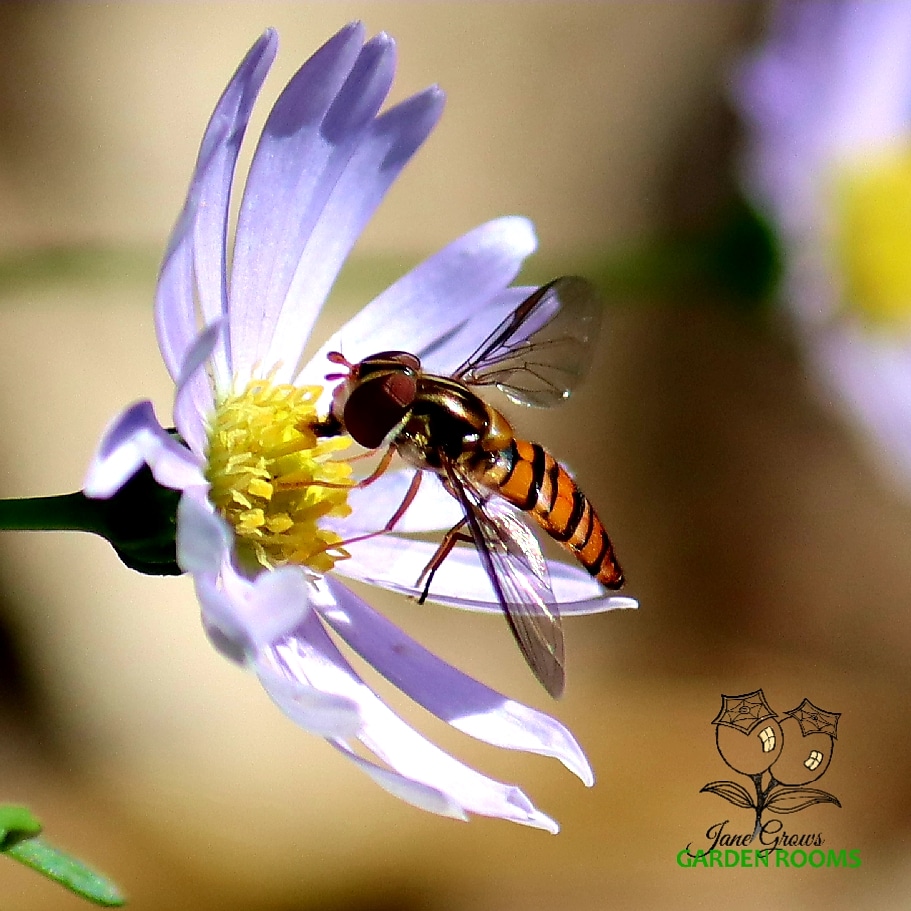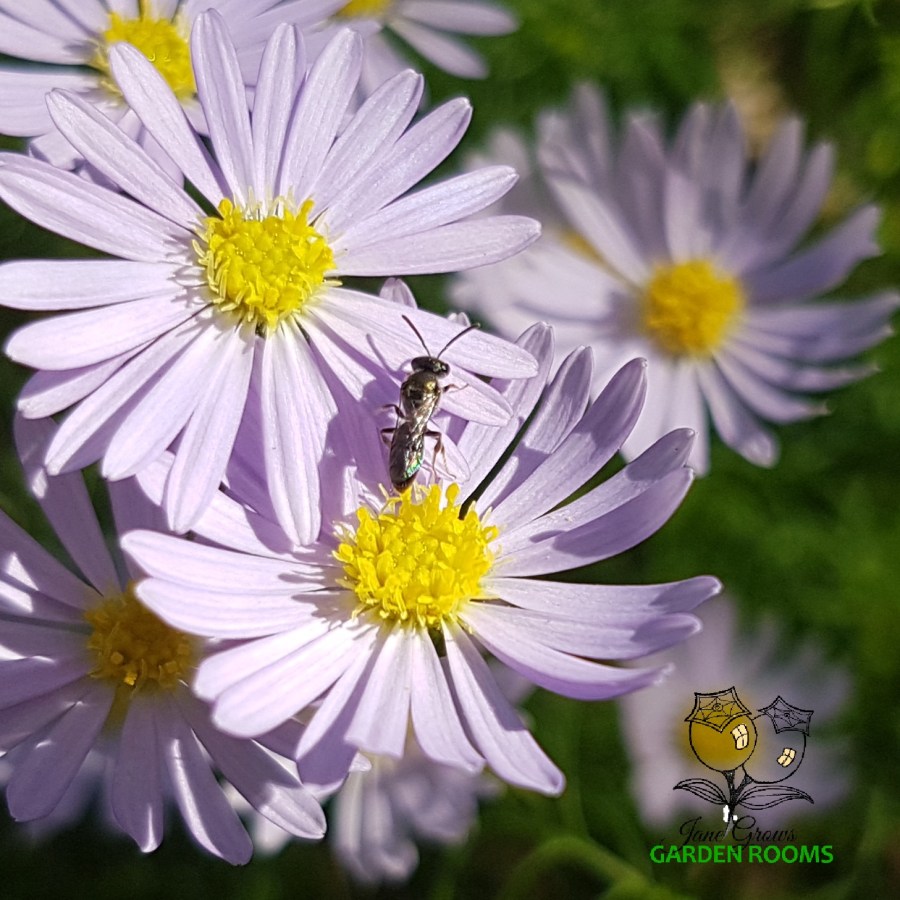Want bees? Grow some Brachyscomes!

Also known as:
- Brachyscome multifida
- Cut-leafed Daisy
- Break O’ Day
- Swan River Daisy
- Good Old Native Daisy
- Rock Daisy
- Native Daisy

Growing conditions:
- Part shade/Full sun (prefers full sun)
- Tolerates almost any soil/prefers well-drained loam
- Needs light watering in dry seasons
- Suitable for garden beds/rockeries/pots/borders
- Groundcover/living mulch

Propagation:
- Seed – poor germination rates but achievable
- Cuttings – higher success rate than seeds, strikes readily from firm new growth
- Layering – most successful technique as it happens naturally in the wild

My eye is always drawn to these tiny delightful blooms and oh how they bloom! Flowers all year ’round in my subtropical climate. I can’t visit them without seeing pollinators. Sometimes it’s the quietly busy stingless bees and other times sweat bees, slender bee flies and ants feasting and gathering from these pollen rich native daisies. The flowers are relatively small but abundant and benefit from deadheading every week.

The natural range of the Cut-leaf Daisy extends across the South-east corner of Australia in woodlands near the coast. I grow it in my rockery and as a living mulch for many of my native trees. It definitely likes some spots better than others, tending to flourish in more exposed positions on the outer edges and sunnier positions.

They are tolerant of drought to a point but their shallow root system means that they dry out quickly without a little help. And it’s only a little help, a light water to support them through extended dry periods. The persistent flowers and delicate leaves deliver enough joy to be worth the effort.

A light prune twice a year when they start to get “leggy” keeps them looking tidy and blooming well. Rather than pruning just bury the leggy stems to propagate by layering or extend their range. Their dense habit suppresses weeds and ensures that they fill spots in the garden effectively.
Wishing you many tiny purple delights,
Jane Grows Garden Rooms
